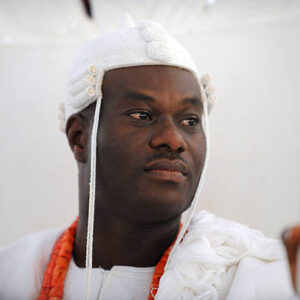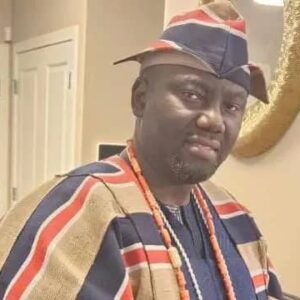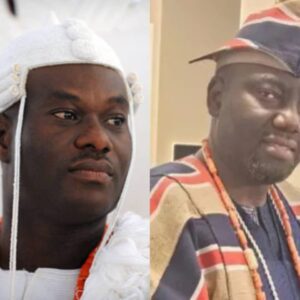Discover the historic rivalry between the Ooni of Ife and the Alaafin of Oyo over royal seniority. Explore Yoruba traditions, culture, and modern implications of this monarchy debate in 2025.
🔹 Section 1: Introduction – The Yoruba Royal Seniority Debate
The Yoruba people of Nigeria are among the most culturally rich and historically influential ethnic groups in Africa. With a population of over 45 million across Nigeria, Benin, Togo, and the diaspora, the Yoruba monarchy system remains one of the most respected in the continent.
But in 2025, one age-old question continues to stir public interest, controversy, and heated debate:
👉 Who is more senior — the Ooni of Ife or the Alaafin of Oyo?
This question is not just a matter of ceremonial ranking. It touches on:
-
Tradition and spirituality (Ile-Ife as the cradle of Yoruba civilization).
-
History and politics (the powerful Oyo Empire).
-
Cultural identity (how modern Yoruba people see their heritage).
The current monarchs — Ooni of Ife, Oba Adeyeye Enitan Ogunwusi (Ojaja II) and Alaafin of Oyo, Oba Akeem Ewuade — are at the center of this royal seniority clash, and their positions have reignited one of the most fascinating debates in Yoruba history.
Ooni Of Ife Vs Alaafin Of Oyo
Yoruba Royal Seniority Debate

 Ooni of Ife, Oba Adeyeye Enitan Ogunwusi [ Ojaja II ] Alaafin of Oyo, Oba Akeem Ewuade
Ooni of Ife, Oba Adeyeye Enitan Ogunwusi [ Ojaja II ] Alaafin of Oyo, Oba Akeem Ewuade
👉 Spiritual leader 👉 Political authority,
👉 cradle of civilization. 👉 Oyo Empire military power
2025 Seniority Clash
🔹 Section 2: Historical Background of Yoruba Monarchy



Add a Comment